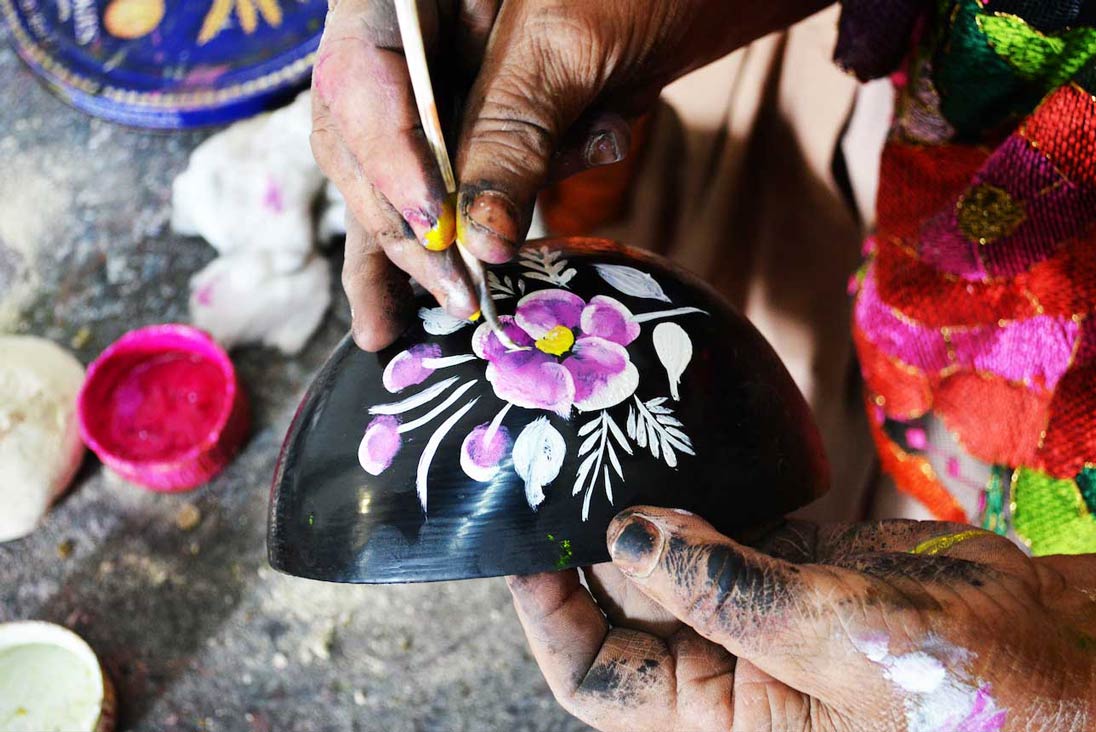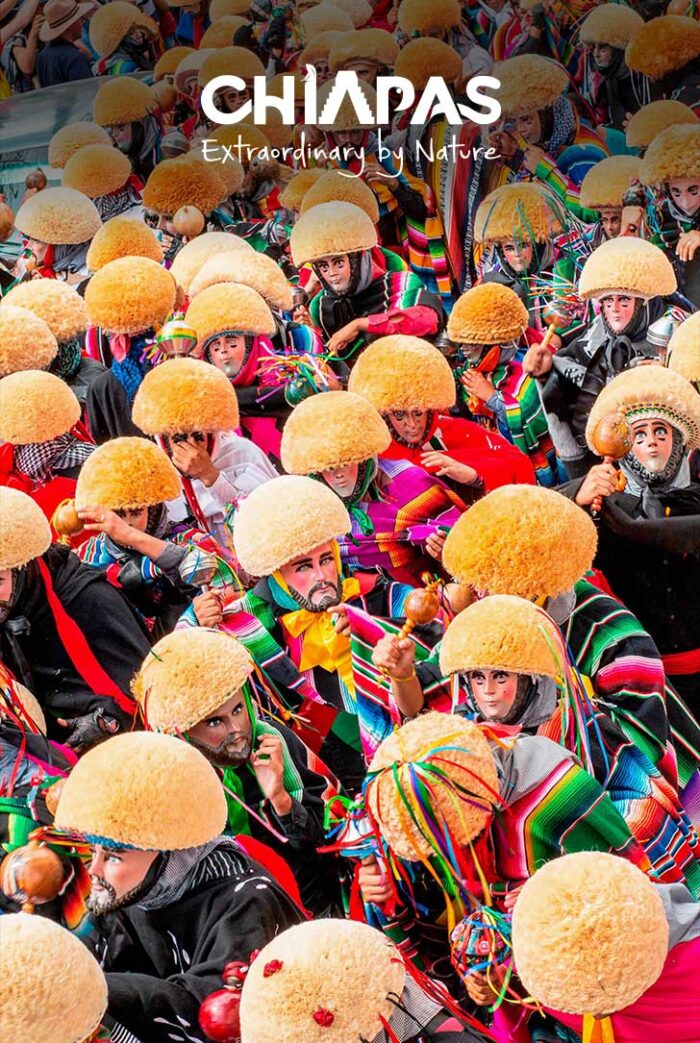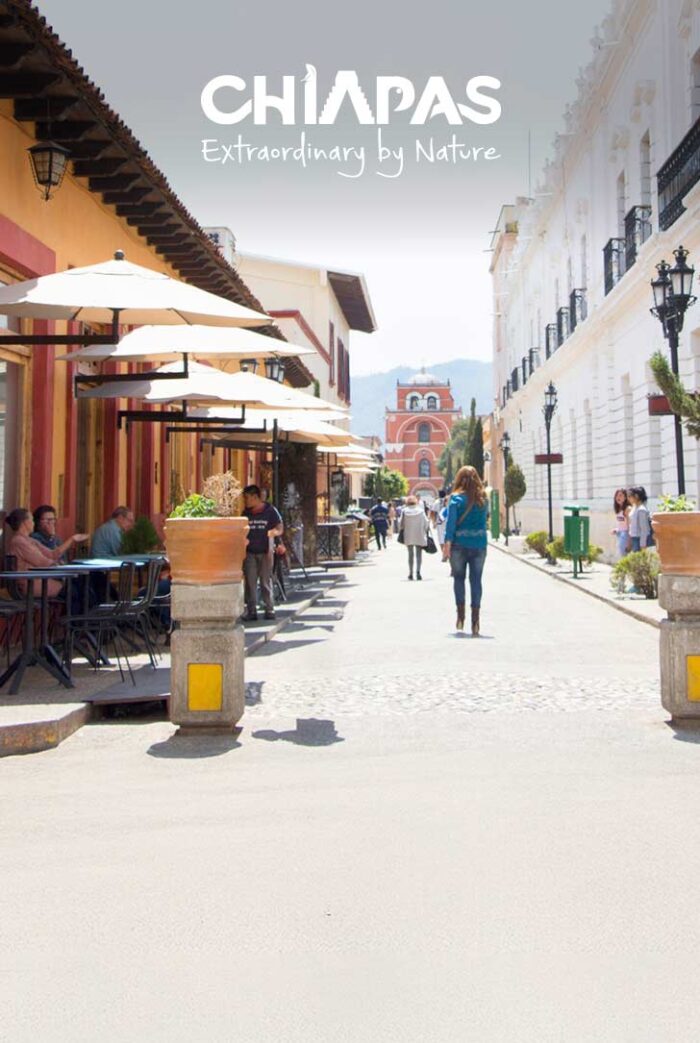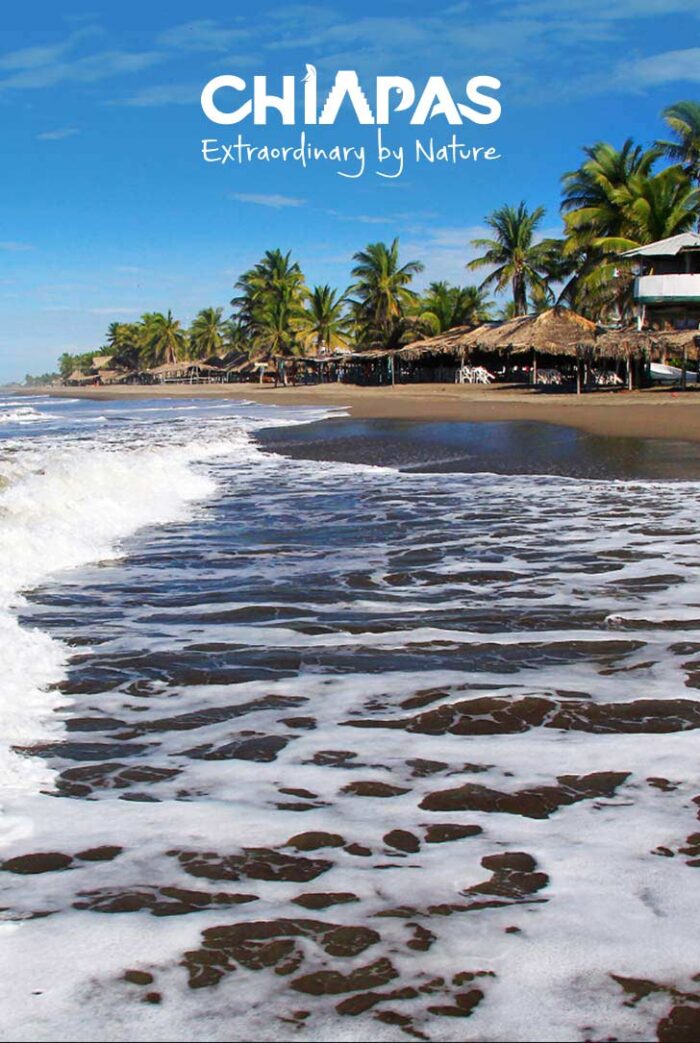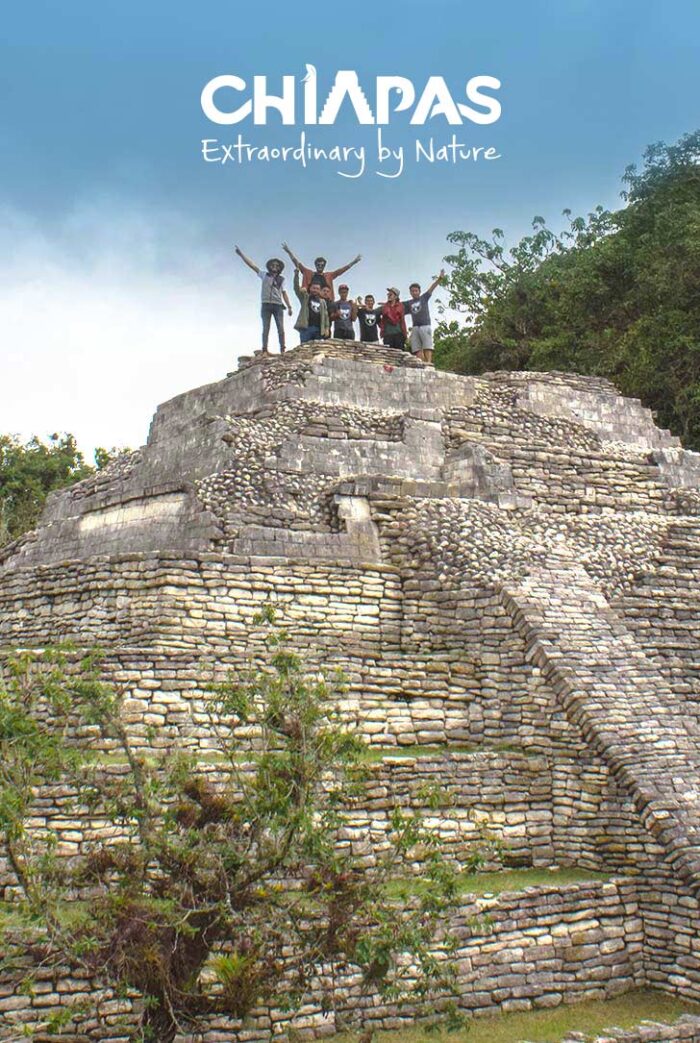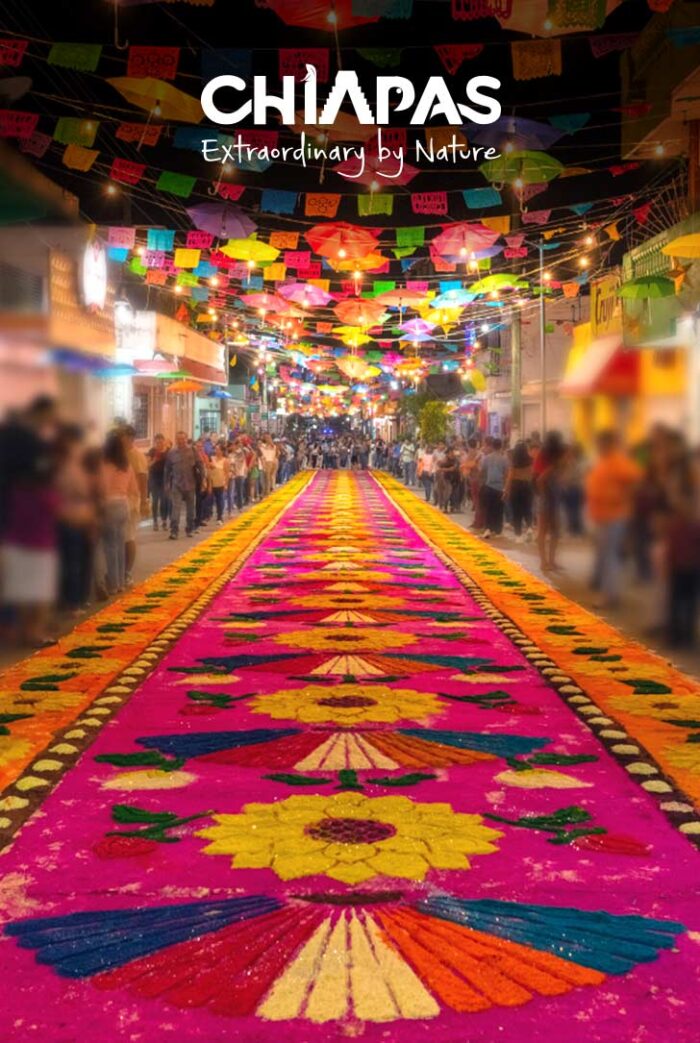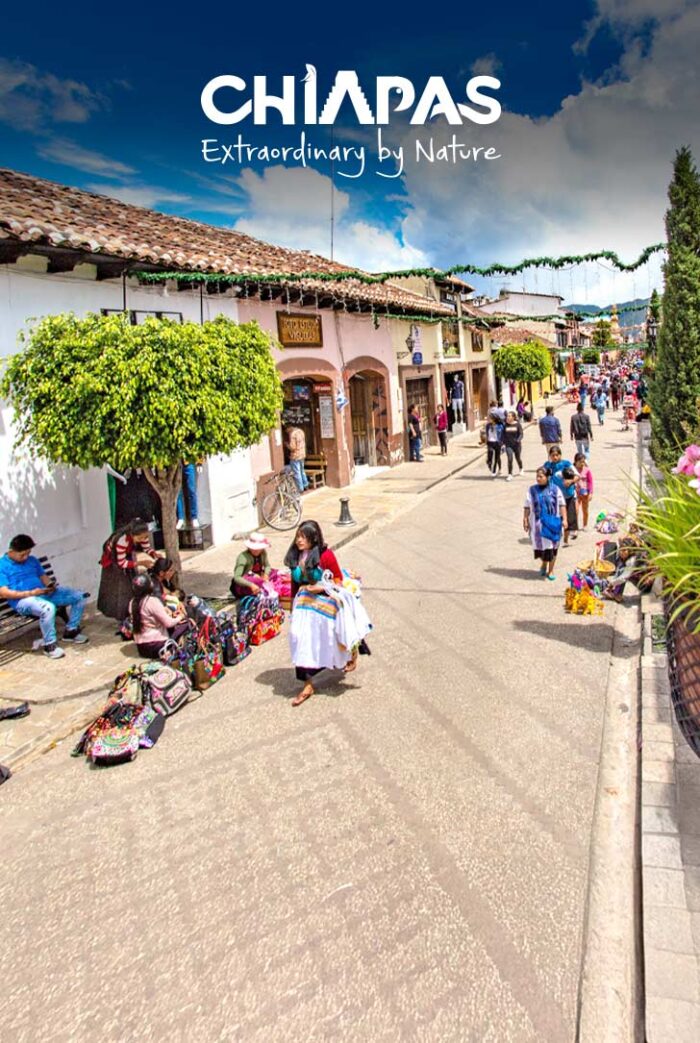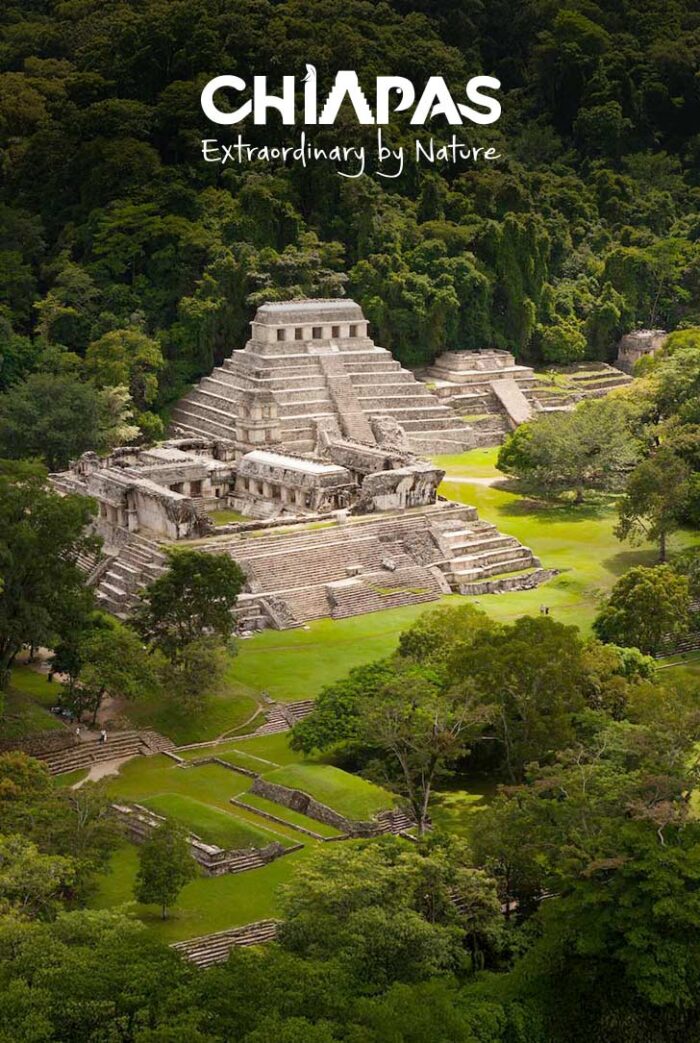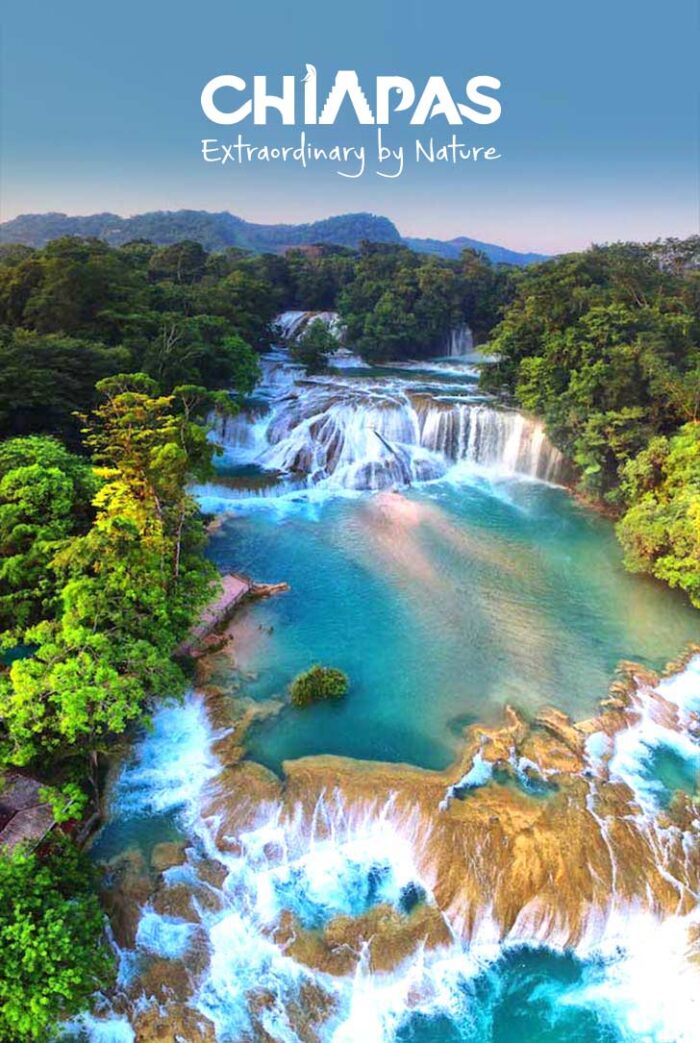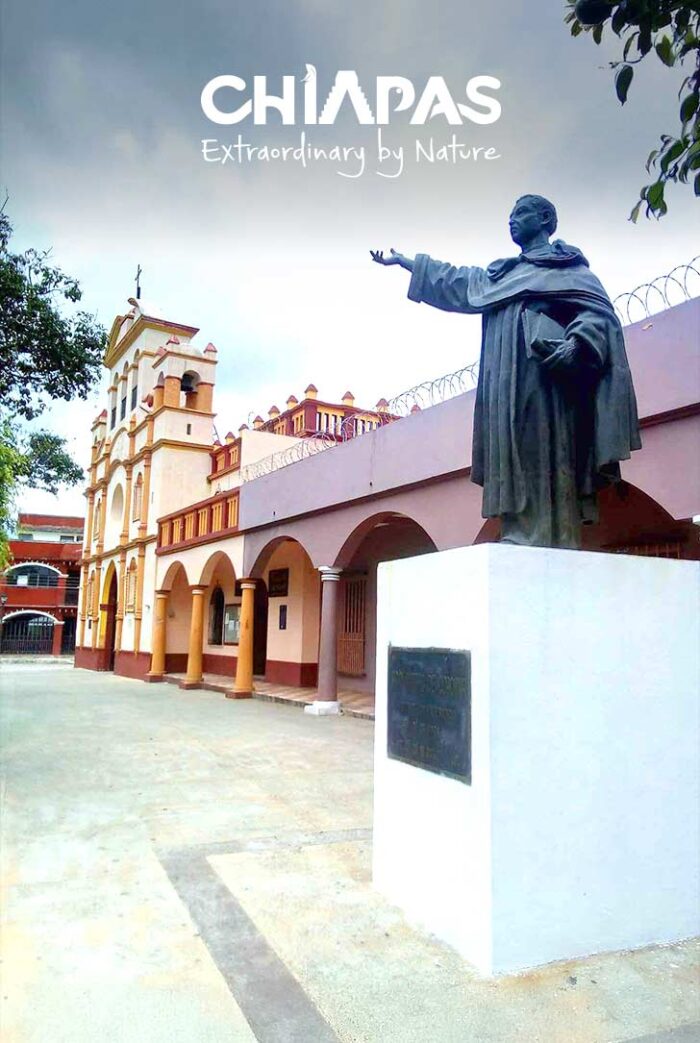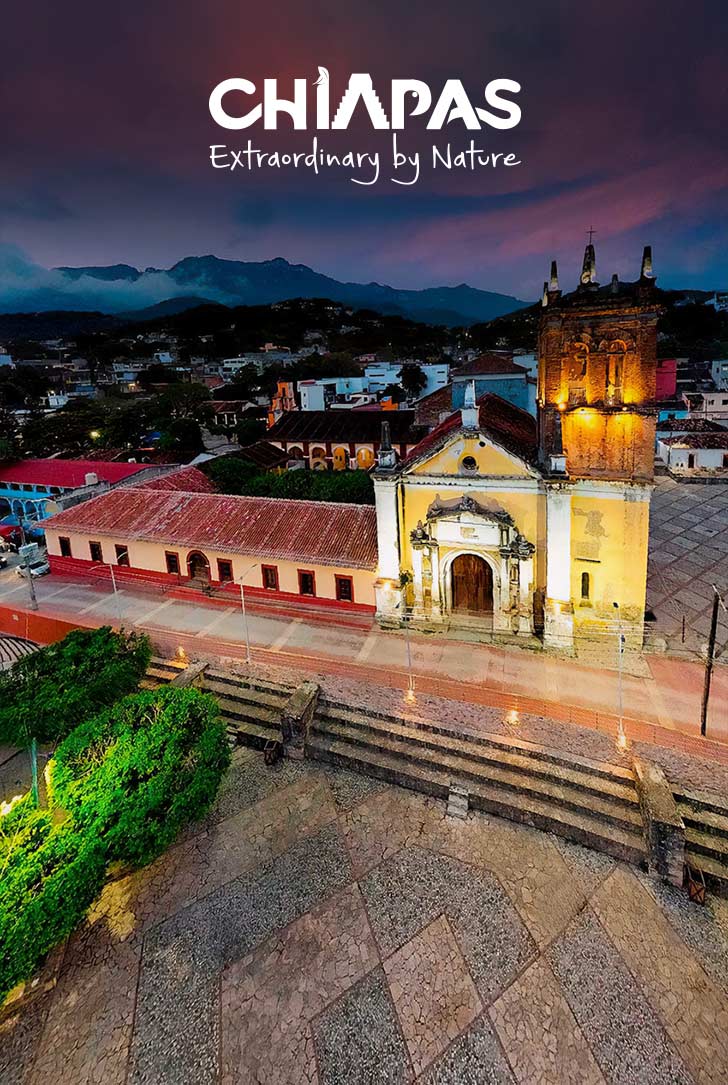
Tuxtla’s Treasures, Exploring Its Culture and Surroundings
There is still more to discover in Tuxtla Gutiérrez.

Continua en la historia
 Desliza a la izquierda para continuar
Desliza a la izquierda para continuar
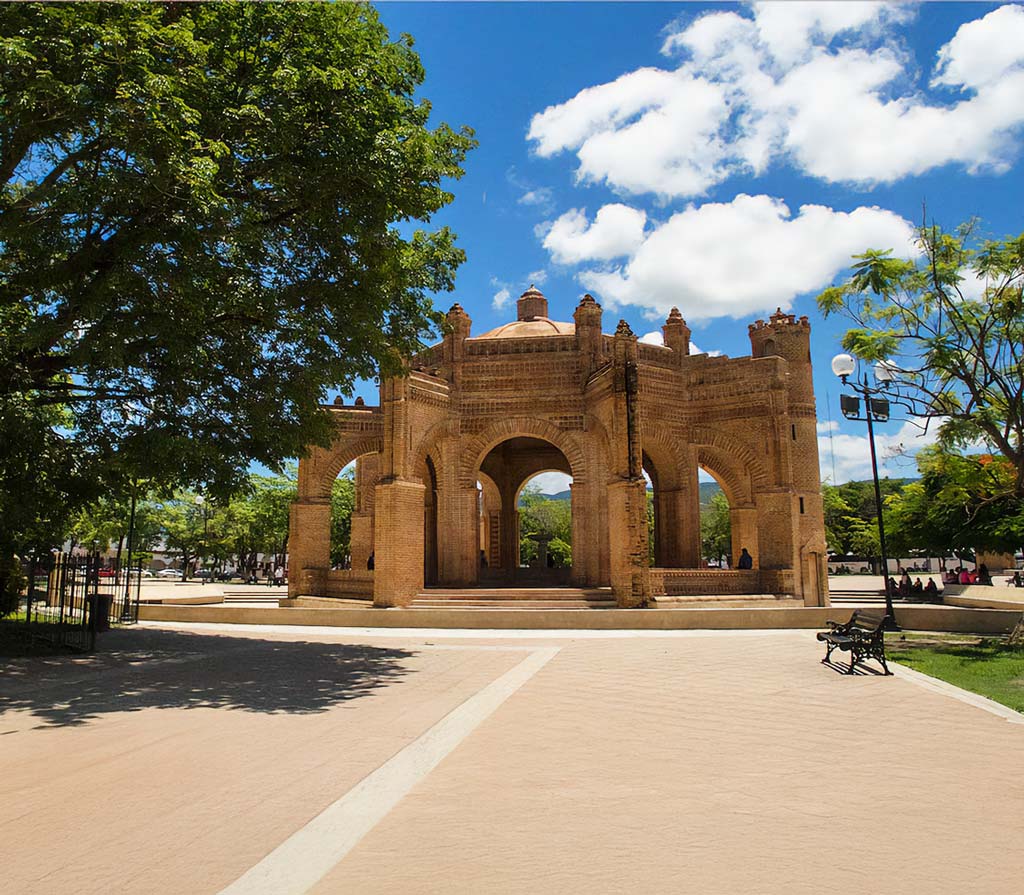
 If you have already visited the city’s main attractions, get ready to be delighted by the beauty and magic of its surroundings, cuisine, and handicrafts.
If you have already visited the city’s main attractions, get ready to be delighted by the beauty and magic of its surroundings, cuisine, and handicrafts.
※ Join us on an exploration of the area around Tuxtla to learn about the places, dishes, and textures that show its identity.
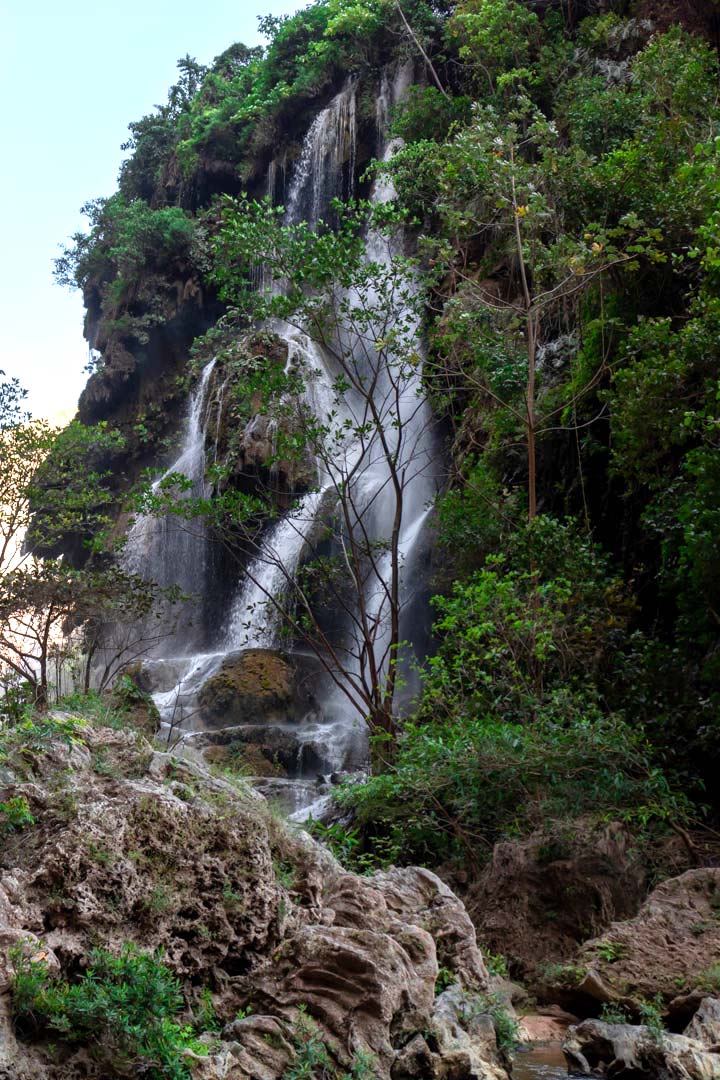
※※※※※※
Hidden Treasures around Tuxtla
※※※※※※※
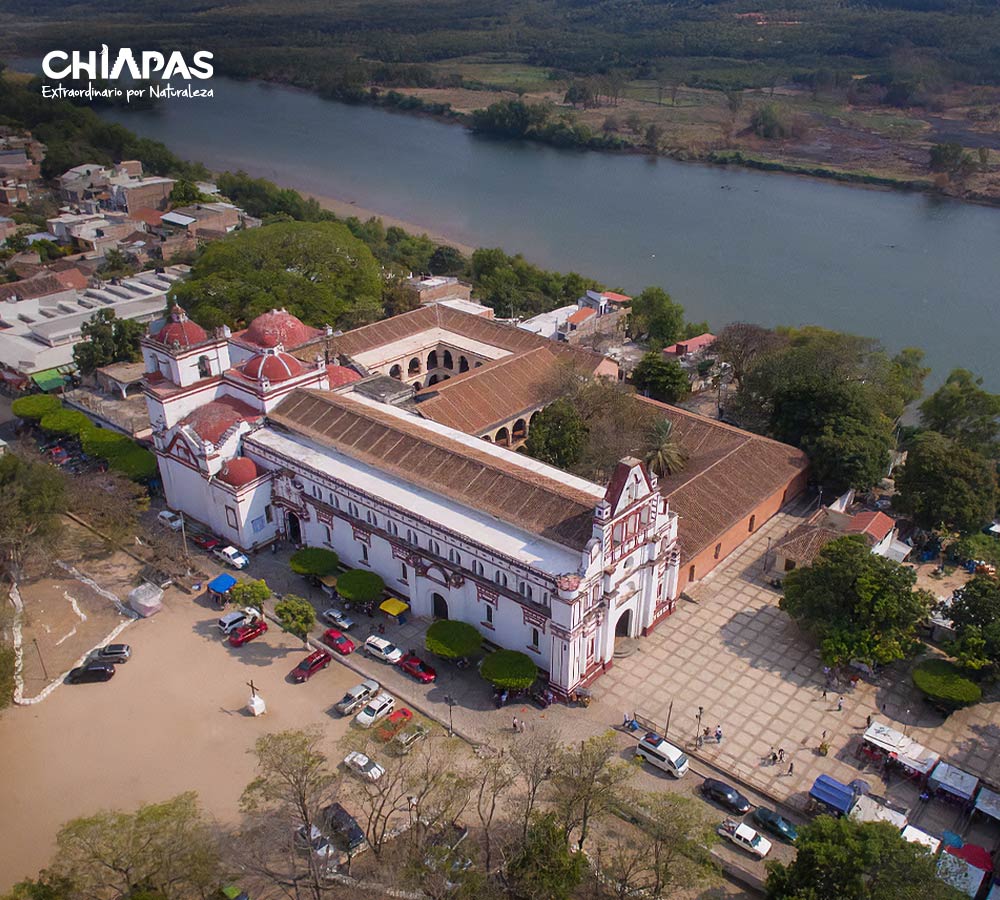
Chiapa de Corzo

▌This Magical Town is known for being the departure point for exploring the awe-inspiring Cañón del Sumidero. Don’t pass up your chance to tour the canyon by boat and be stunned by its size and beauty.
In addition to the canyon, there are cultural attractions in Chiapa de Corzo, such as the Casa-Museo de la Marimba Nandayapa. This music museum presents a tour through five galleries recounting the marimba’s history and evolution, from its artisanal construction to its masterful performance.
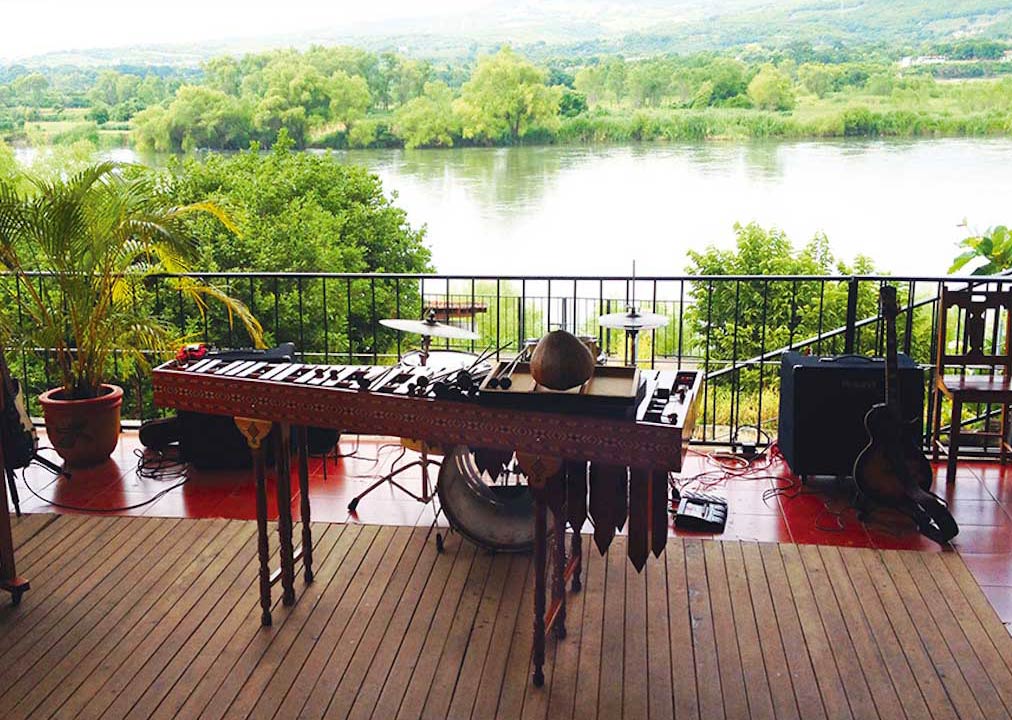
※ You can also seize your chance to visit Chiapa de Corzo’s archeological site. See pyramids, stelas, and ceremonial mounds that speak of kings, rituals, and ancient alliances.
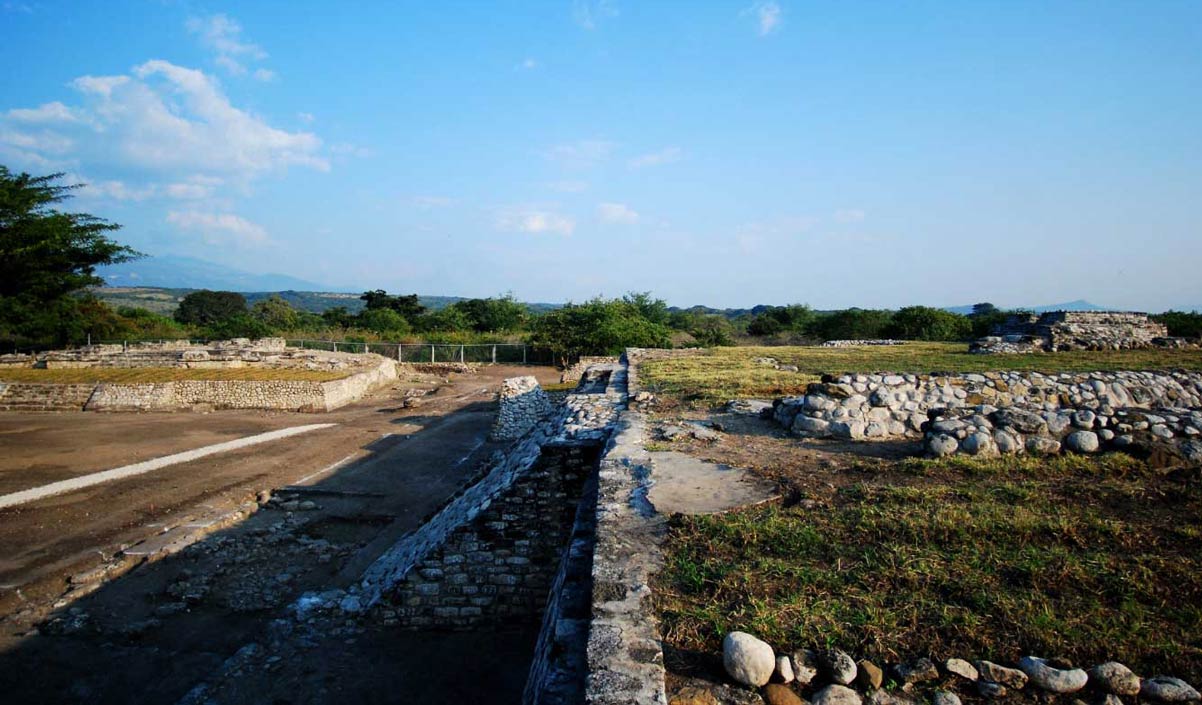
※ Finally, El Chorreadero waterfall is a must-see stop for anyone with the adventure bug.
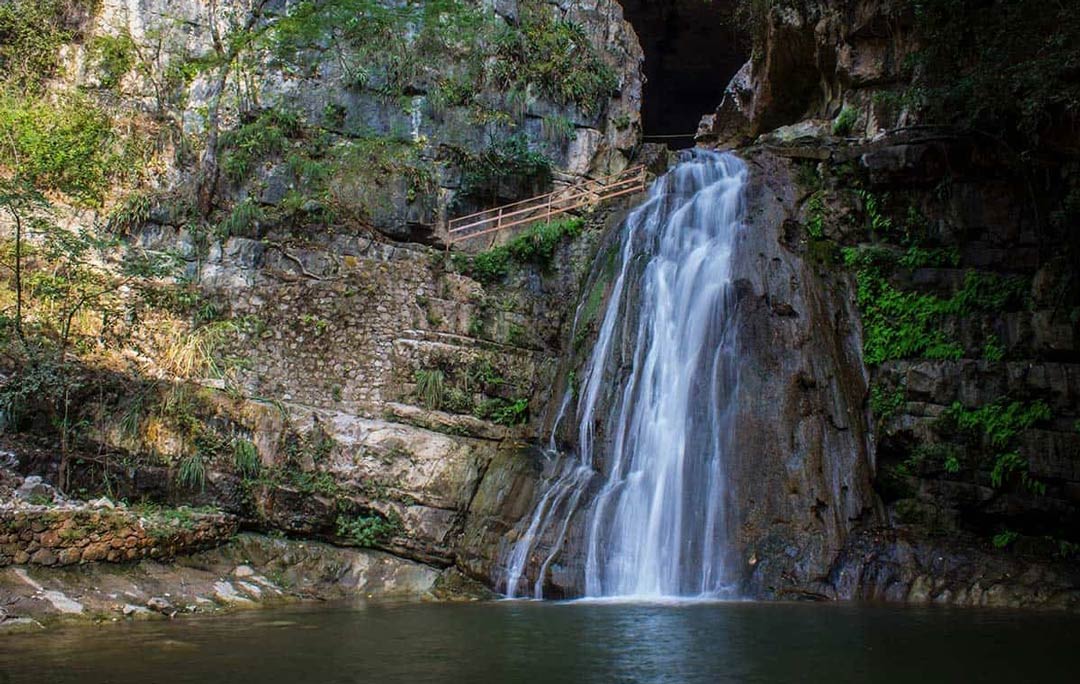
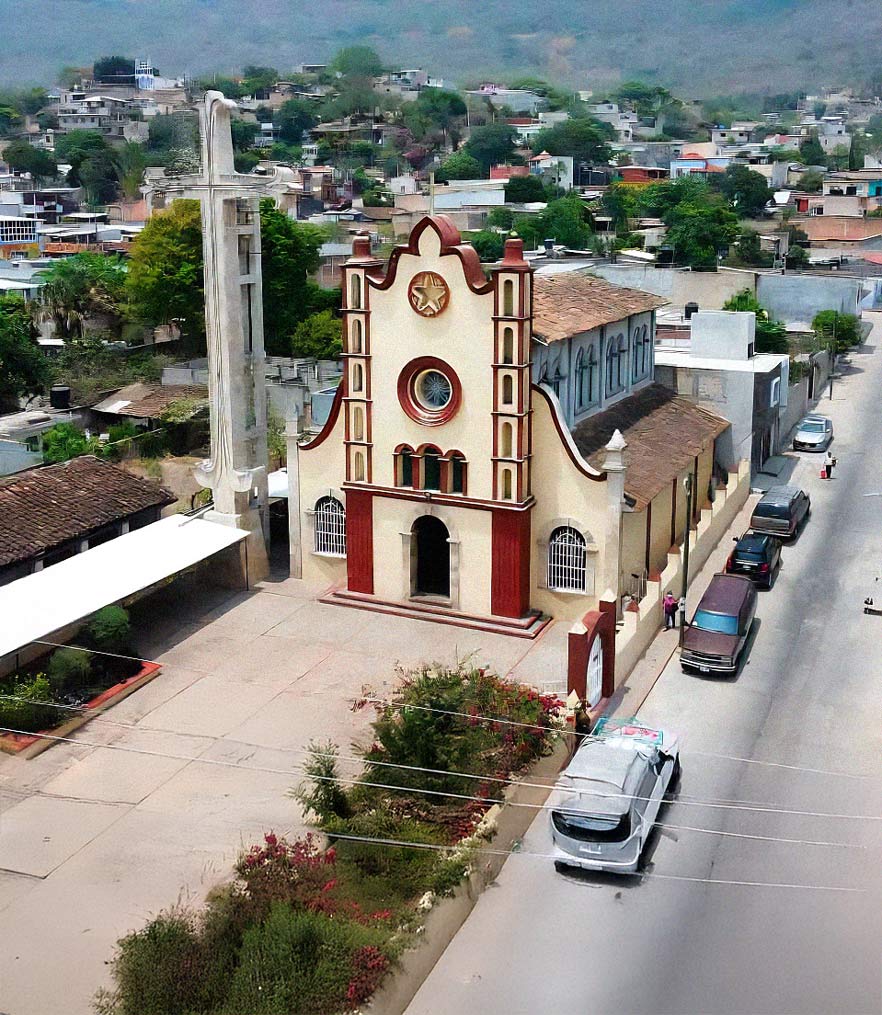
Ocozocoautla

18.6 miles from Tuxtla is the Magical Town of Ocozocoautla, cradle of the age-old Zoque culture. It is renowned for its Carnaval Zoque Coiteco, a carnival celebration that demonstrates the syncretism of pre-Hispanic rituals with Christian celebrations.
This is also the site of Sima de las Cotorras, an open sinkhole cave measuring 459.3 feet in diameter. Flocks of parakeets fly in formation, exiting at dawn and entering at dusk, putting on a show like no other.
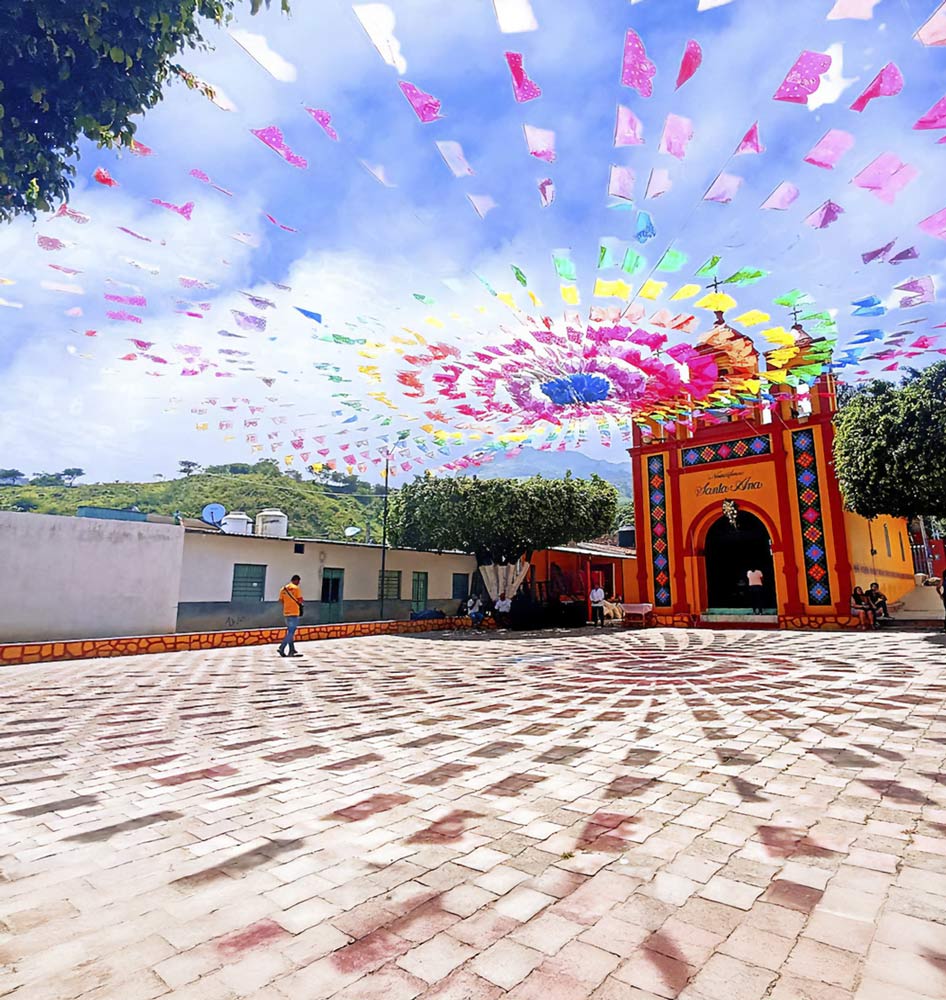
Copainalá
Nestled in Chiapas’ mountains, Copainalá is a Magical Town with captivating architecture and lush vegetation. From its scenic overlooks, you can wonder at the Zoque countryside, filled with majestic mountains.
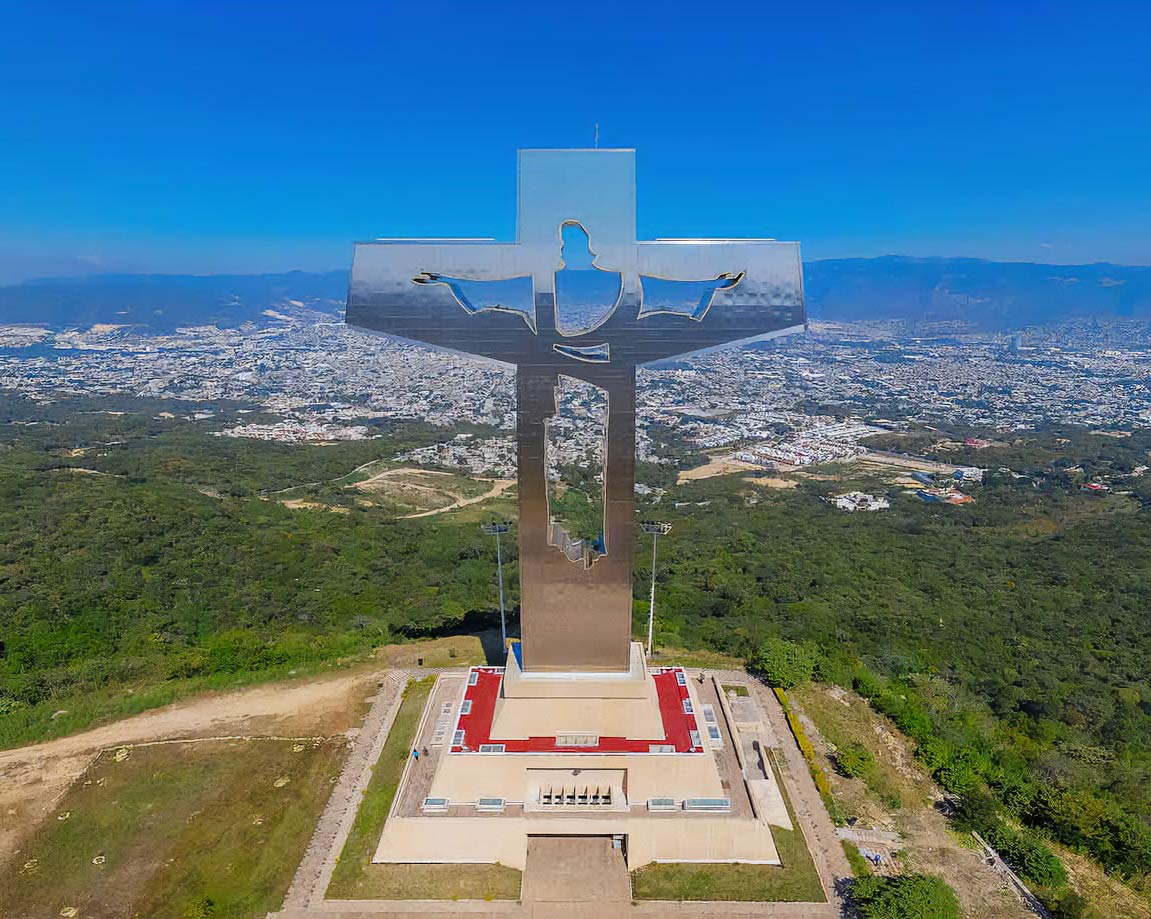
Copoya
From its tranquil streets, you can see the imposing Cristo de Copoya, a colossal 203-foot-tall cross sculpture that rises from the hill like a guardian of time and faith. It can be spotted from anywhere in the town.
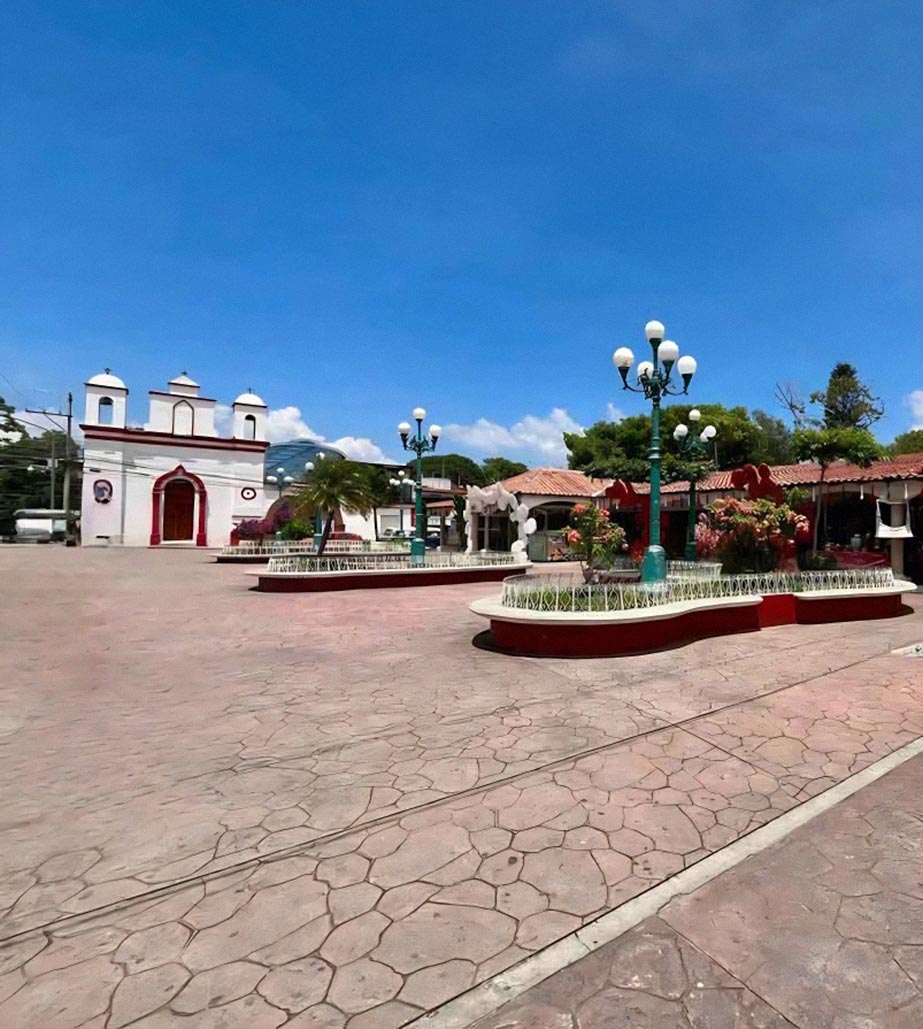
Berriozábal
Known as “la primavera de Chiapas” (Chiapas’ springtime) for its flourishing floral businesses and ornamental plant markets. This destination is also known for being home to hammocks in Chiapas. “Mexico’s largest hammock” is one of the town’s biggest attractions.
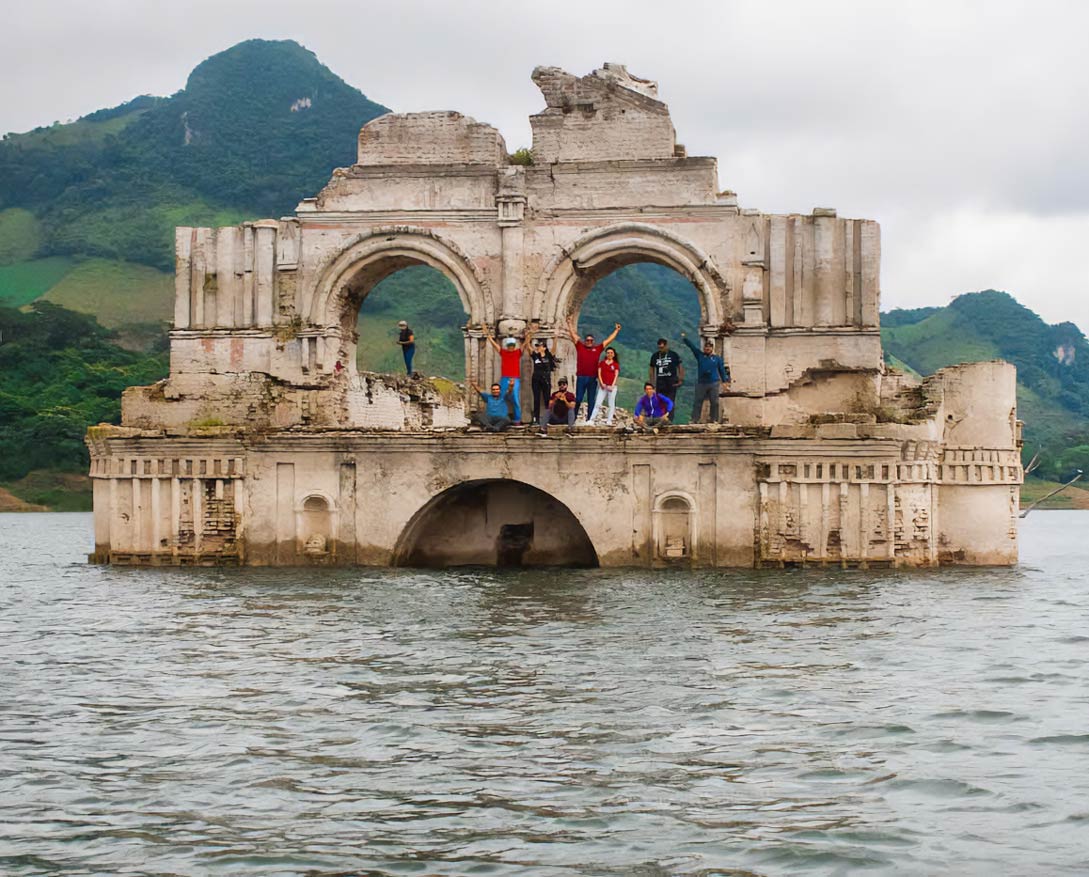
Quechula’s Submerged Church
Built in the 16th century by Dominican monks, this church was flooded by the Grijalva River when the Malpaso dam was erected. It is a reminder of how nature and human history are interwoven, creating mystical scenes of haunting beauty.
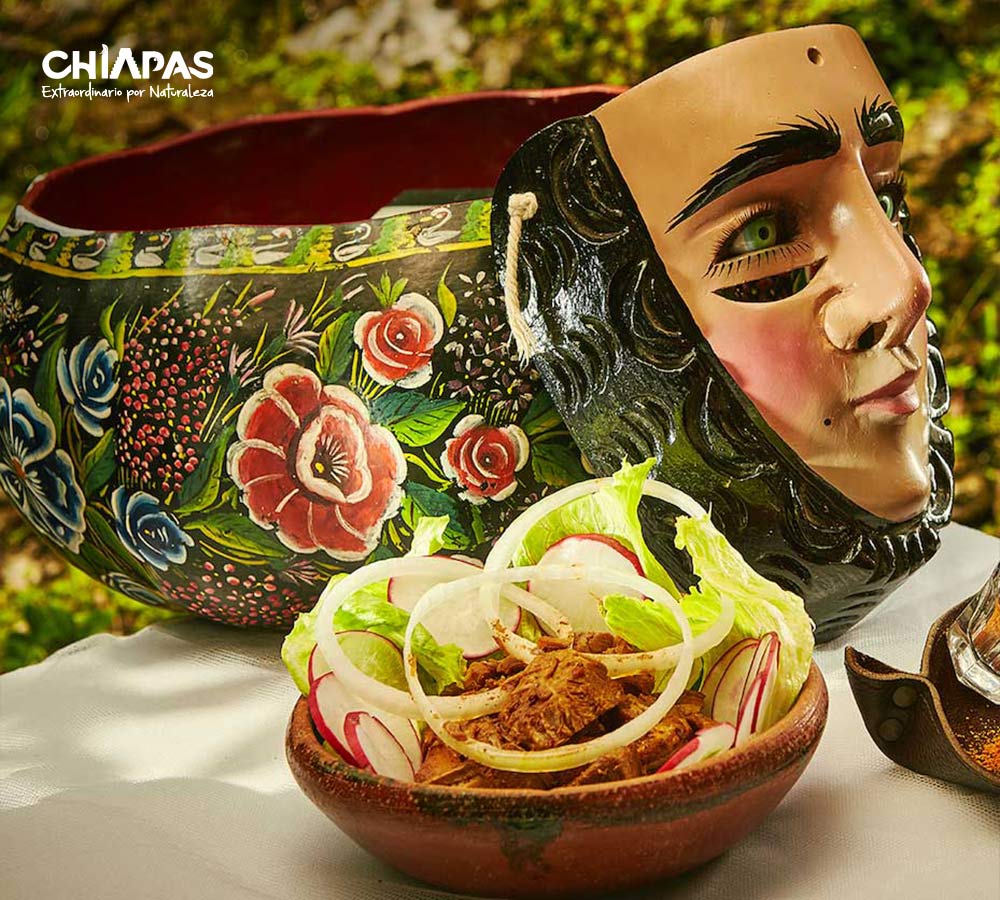
Tuxtla’s Dishes, a Sensory Sampling of Its History

※ Tuxtla Gutiérrez’s gastronomy originated in Zoque traditions, where corn fields, edible flowers, and seasonal herbs play an important role.
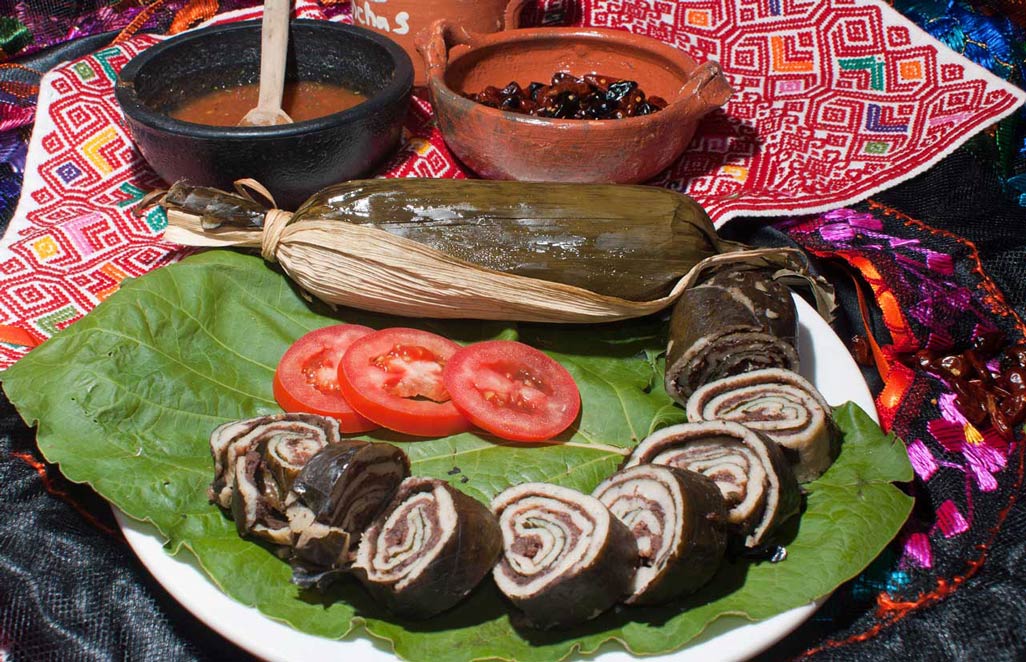
Tuxtla’s iconic dishes feature tamales—fillings include chipilín (a local legume), hoja de milpa or agrios (sour pork), jacuané (beans, shrimp, and Mexican pepper leaf), and cuchunuc (flower). Be sure to try the roast pork and beverages such as pozol (a refreshing corn and cocoa beverage) and tascalate (an ancient chocolate drink), a few of the area’s emblematic dishes.
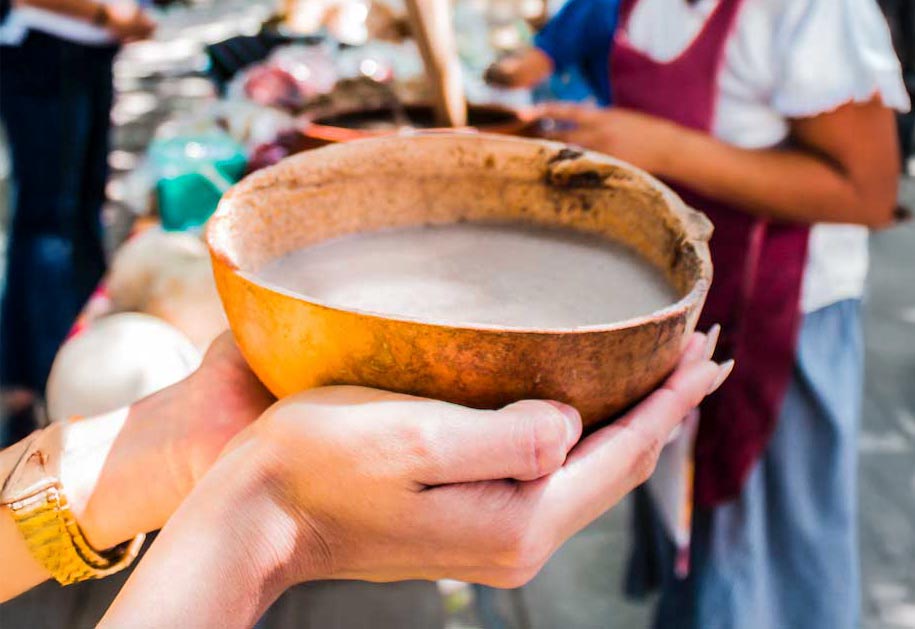
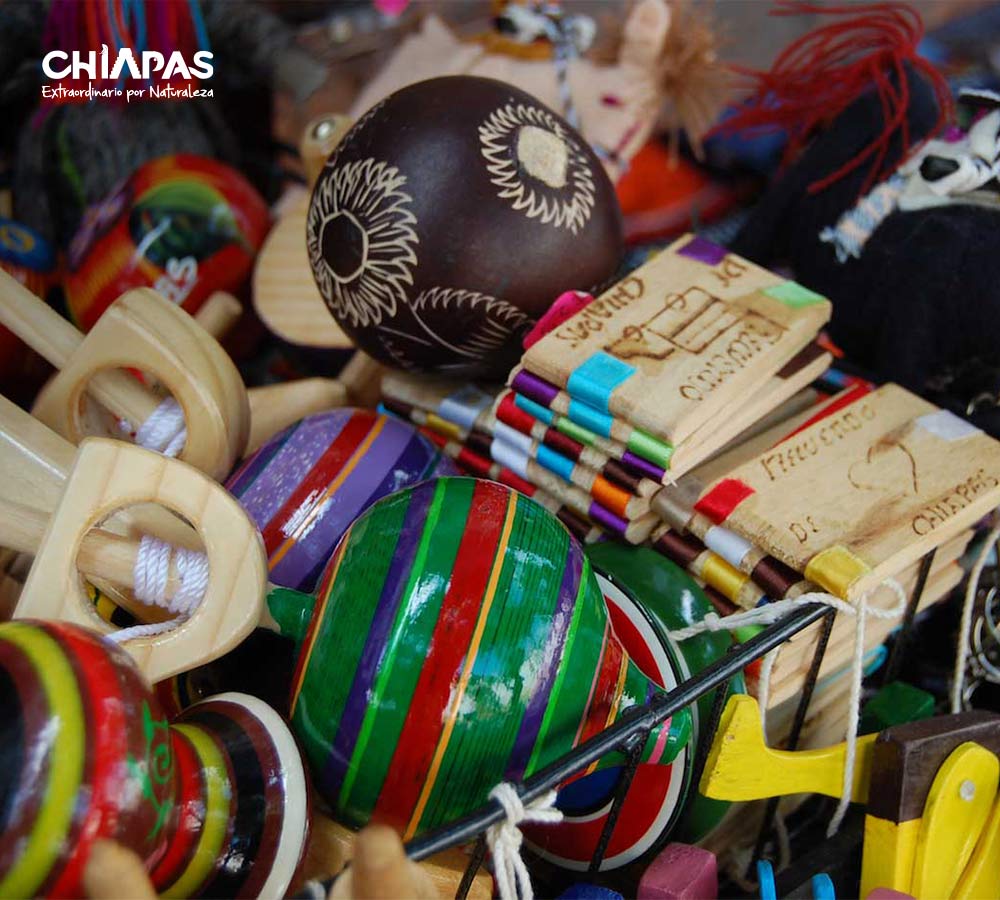
Tuxtla’s Handicrafts, a Tangible Reflection of Mixing Cultures
※※※※※※
The handicrafts from Tuxtla Gutiérrez and its vicinity are vibrant pieces of Chiapas’ identity. Lacquered—or pre-Hispanic maque—pieces fill any space with color, while ropework is at its most masterful, as seen in the hand-woven hammocks. Meanwhile, folk toys recall childhood magic with their wood and clay figures.
Are you ready for the next stop?

